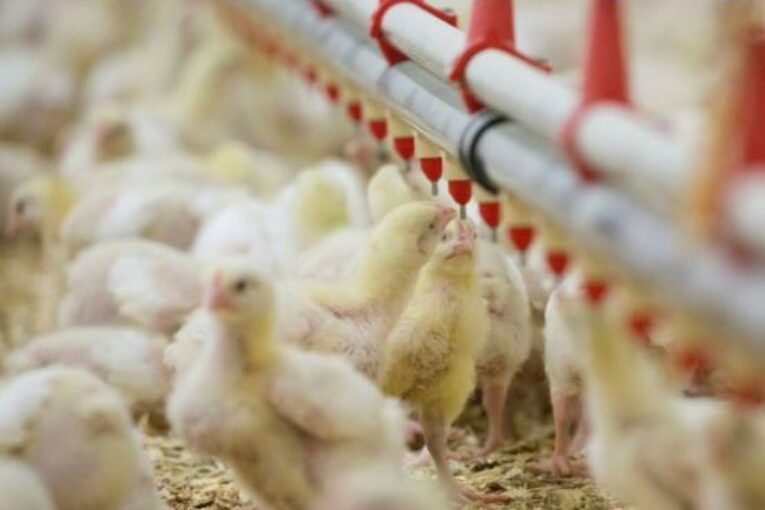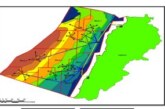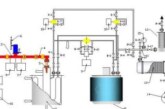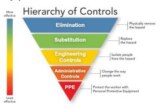
Authors: Salam Alramini, Ziad Shraideh , Muna Hindiyeh , Hamzah Alqaderi
DOI: https://doi.org/10.48103/jjeci5522022
JORDANIAN JOURNAL OF ENGINEERING AND CHEMICAL INDUSTRIES (JJECI)
Pages: 24-31
Abstract
Broiler chickens are a major meat product worldwide. Maintaining the health of flocks is essential for poultry farming and it is critical to minimize exposure to waterborne pathogens. This study determined the extent of Salmonella spp. infections and identified sources of waterborne disease transmission at representative Jordanian broiler farms. We investigated 10 broiler farms located in five Jordanian Governorates; Amman, Irbid, Karak, Zarqa, and Madaba. Cloacal swabs were collected from chickens and water samples were collected from farm tanks, broiler house tanks, and drinking apparatus (drinkers) over three rearing cycles. Water was tested for pH and residual free chlorine. Salmonella spp. was isolated from the cloacal and water samples using biochemical methods and confirmed as Salmonella enterica serovar Enteritidis by PCR. Salmonella enterica serovar Enteritidis was detected at sampled farms at different percentages and the pathogen was found in 16.6% (15/90) of drinkers and 20% (30/150) of cloacal samples. The total and free residual chlorine concentrations in the water were lower than the recommended levels. The average pH was within the recommended values. This study concluded that S. Enteritidis is prevalent in broiler farms in Jordan. Thus, improved hygienic practices at broiler farms and the establishment of national water quality guidelines are necessary to decrease S. Enteritidis transmission in boiler farmers and thus enhance food safety in Jordan.
Paper type: Research paper
Keywords: Salmonella enterica serovar Enteritidis, water, contamination, broiler, Jordan.
Citation: Alramini, S., Shraideh Z., Hindiyeh M., and H., Alqaderi “Water as Source of Salmonella Species Contamination in Jordanian Broiler Farms”, Jordanian Journal of Engineering and Chemical Industries, Vol. 5, No.2, pp: 24-31, (2022).



